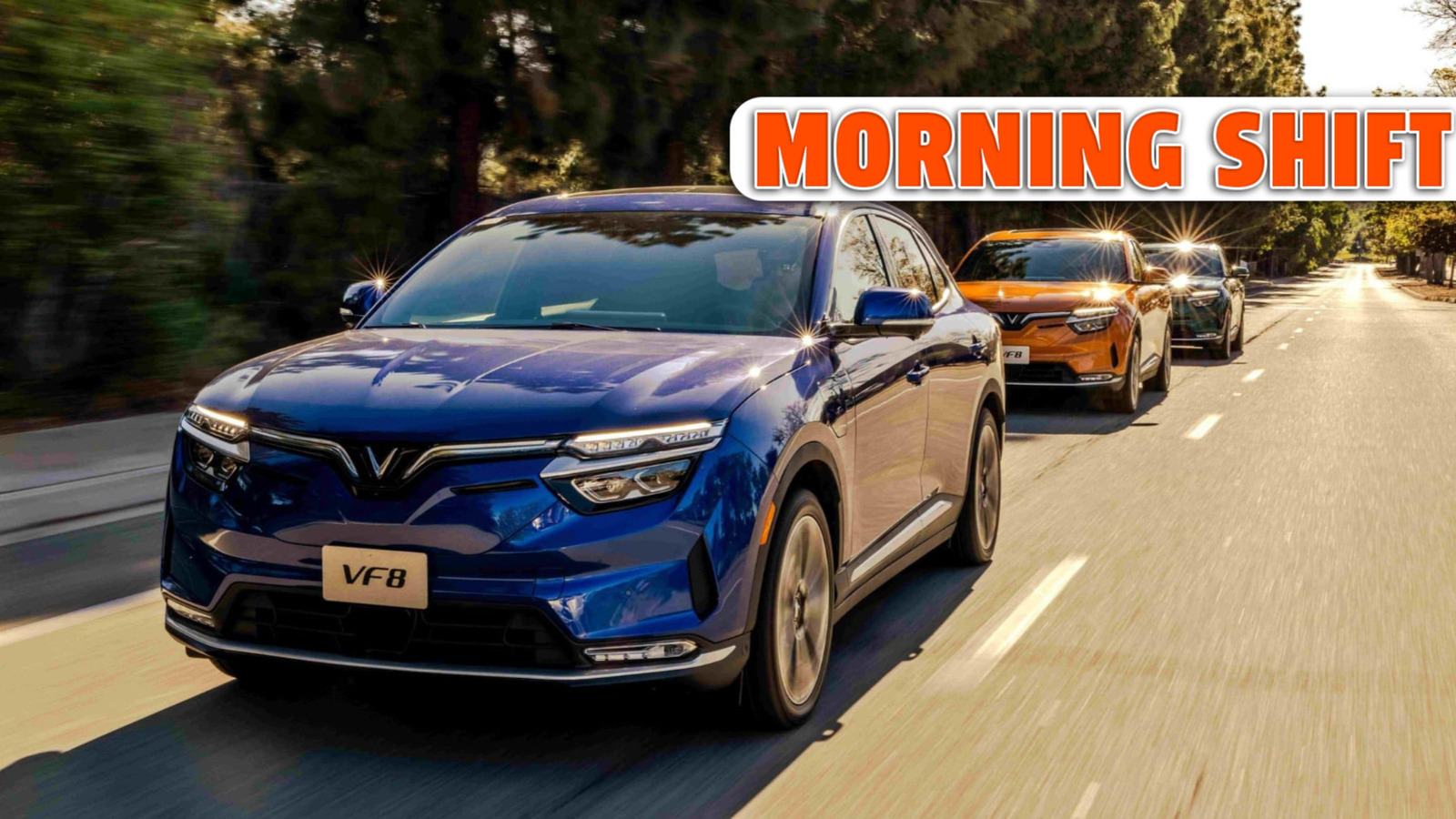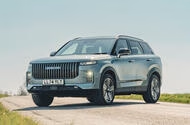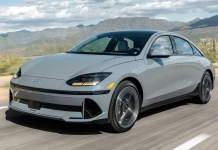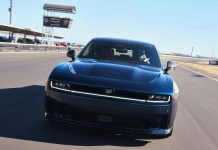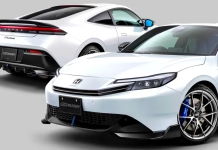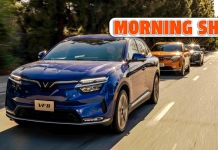Why Are LA Drivers Crashing Into First Responders So Often?

How Omoda and Jaecoo Redefined UK Car Sales with Lightning-Fast Growth and Unbeatable Value
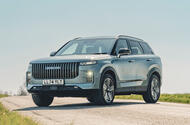 Chery-owned sibling brands took less than 12 months to do what took Hyundai 24 years and Kia 15 years
Chery-owned sibling brands took less than 12 months to do what took Hyundai 24 years and Kia 15 years
When Tesla pushed past the 1.5% UK market share goalpost in just 10 years, the EV brand was lauded for managing what took Hyundai 24 years and Kia 15 years.
Then came the Chinese and smashed the established timeframe for how long it takes to become a mainstream brand in the UK.
First BYD hit that figure in just two years, according to figures collated by Autotrader. Setting a new record, however, are Chery-owned sibling brands Omoda and Jaecoo, which together blew past the 1.5% target in less than 12 months, hitting 1.6% by the end of July with sales of 19,219 in the first seven months of 2025.
In doing so, Omoda and Jaecoo jointly outsold established brands such as Citroën, Suzuki, Dacia, Fiat and Honda.
In the month of July, Omoda and Jaecoo’s combined share stood at a whopping 2.7%, beating Renault, BYD, Mazda and Tesla.
What’s more extraordinary is that their sales success has come about with essentially just two cars, the Omoda 5 and Jaecoo 7, both compact SUVs. The new, smaller Jaecoo 5 has yet to land while the larger Omoda 9 is still niche, due to its higher price point.
So what has been the brands' secret? The first big weapon deployed by Chery was network coverage, with Omoda and Jaecoo (which share showroom space) now up to 81 dealers in the UK.
“Compared to other new entrants, we wanted to make sure that we had full coverage,” Gary Lan, CEO for both Omoda and Jaecoo in the UK, told Autocar at the recent UK launch of Chery's eponymous brand.
Most newcomers are more tentative when they arrive in a new country, preferring to build awareness slowly before committing to signing up dealers. Omoda and Jaecoo however took advantage of upheaval in the UK dealer space to quickly sign up partners looking to exit brands that were either downsizing, like Ford, or in new-model limbo, such as Stellantis.
Minimal corporate identity requirements (signage and branding) cut costs and allowed dealers to quickly rebrand showrooms. “They give us signs and some furniture and that’s it,” said one former Vauxhall dealer who made the switch.
“They had a suite of solid retailer partners already lined up and ready to go before the cars had even landed,” Ian Plummer, commercial director of Autotrader, told Autocar.
The second is that, despite the fact they only had two cars, Omoda and Jaecoo offer a wide drivetrain choice to suit private or fleet buyers, the latter tending to prefer low-tax electrified cars.
The base Omoda 5 and Jaecoo 7 are straight petrol offerings, while the Omoda E5 is electric and the Jaecoo 7 SHS is a plug-in hybrid. A full hybrid is also on the cards.
“It meant they could walk consumers up and down the range and in or out of EVs, thereby broadening their appeal very quickly,” Plummer said.
The Jaecoo 7 SHS especially has been a big hit, becoming Britain’s third-best-selling PHEV after the BYD Seal U and Volkswagen Tiguan to the end of July, with 6498 sales, according to figures from the SMMT.
Interestingly, retail sales of the PHEV are slightly outpacing fleet sales, suggesting that private buyers are being lured over to a fuel-saving technology that traditionally has a been a company car tax wheeze.
This leads us to perhaps the biggest draw of Omoda and Jaecoo cars, one that has been used by all challenger brands from the east over the years: you get more car with more kit for less money.
The Omoda 5 starts at £23,990, which brings Nissan Qashqai size for Nissan Juke money. Similarly the EVs outpace the competition, with the new Jaecoo E5 costing from £27,505 where a Kia EV3 with a similar battery size and power starts at £33,005.
As befits China’s status as the global gadget hub, you get a range of freebies, like a ‘540-deg' panoramic camera and app-based remote control.
Tech is an area of particular focus for Jaecoo and Omoda to set themselves apart from the competition. “We don’t want to just be equal to the Japanese, the Koreas or the Europeans; we want to be better. That’s our mark,” Lan said.
In areas where the brands and their cars miss the mark, Chery’s home market training has taught them to reload quickly and be hyper-sensitive to customer feedback. “
"In the Chinese market in general, the evolution is scary fast,” Oliver Lowe, UK product manager for Omoda and Jaecoo, told Autocar. “We learn the lessons from the previous models and apply them where possible.”
In less than 12 months from launch, the Omoda 5 has already been updated to address customer concerns and incorporate the latest tech. For example, the Omoda E5 has faster charging and more range, while the “poor ride and handling balance” noted by Autocar's road testers has been theoretically addressed by upgraded front suspension and a revised steering geometry. Furthermore, the small boot has been expanded by removing the full-size spare tyre, bringing it in line with most rivals.
There’s a steep learning curve. For example, customers have strongly criticised the poor DAB radio performance, a feature that’s not required in China, where everyone streams audio from the internet.
One problem Chery has to grapple with is fast updates of models amid a system more used to three-year cycles. “The framework we have to operate in, from residual values to insurance codes, is not set up for a continuously evolving car,” Lowe said.
Grabbing a lot of market share early on is a crucial goal of Chery in the UK as it looks to grow awareness. “We want to be seen,” Lan said.
He didn’t directly answer our question whether Chery was sacrificing profit in return for market share, but the company – China’s largest exporter of cars - was at least globally profitable in the three months to the end of March this year.
The company claims the buzz around the cars and the competitive prices means it can avoid giving away margin in the form of deposit contributions (industry speak for manufacturer-offered discounts) – at least for the ICE cars and hybrids.
That’s not the case for the electric cars. “EV is a different space,” Lowe said. “EV is hard for everyone and just hyper-competitive”.
On the Omoda E5, for example, the company is currently offering to match the UK government's larger Electric Car Grant of £3750, dropping the price below £30,000.
After the buzz of the initial sale, Jaecoo and Omoda now have to retain customers by maintaining used car prices, quickly rectifying problems and establishing a reliable parts supply.
New models like the rakish Omoda 7 and large Jaecoo 8 SUVs will bring in new customers but could also cannibalise sales.
The launch of the eponymous Chery brand, with its range of ICE and PHEV SUVs on the same platform as the Omoda and Jaecoo models, will do the same.
Chery has previously said it also wants to launch in its younger-angled Lepas brand here, again challenging the company’s subtle brand separation, given that all the models are SUVs.
For now, though, Omoda and Jaecoo are following the footsteps of SAIC's MG, which (after a much slower start) is now an established brand again in the UK, with a share above 4% and challenging for a top-10 spot.
For the established volume brands, China’s ability to rapidly grab market share looks very worrying indeed.
Ferrari Unveils 1975-Inspired Livery to Ignite Monza Passion
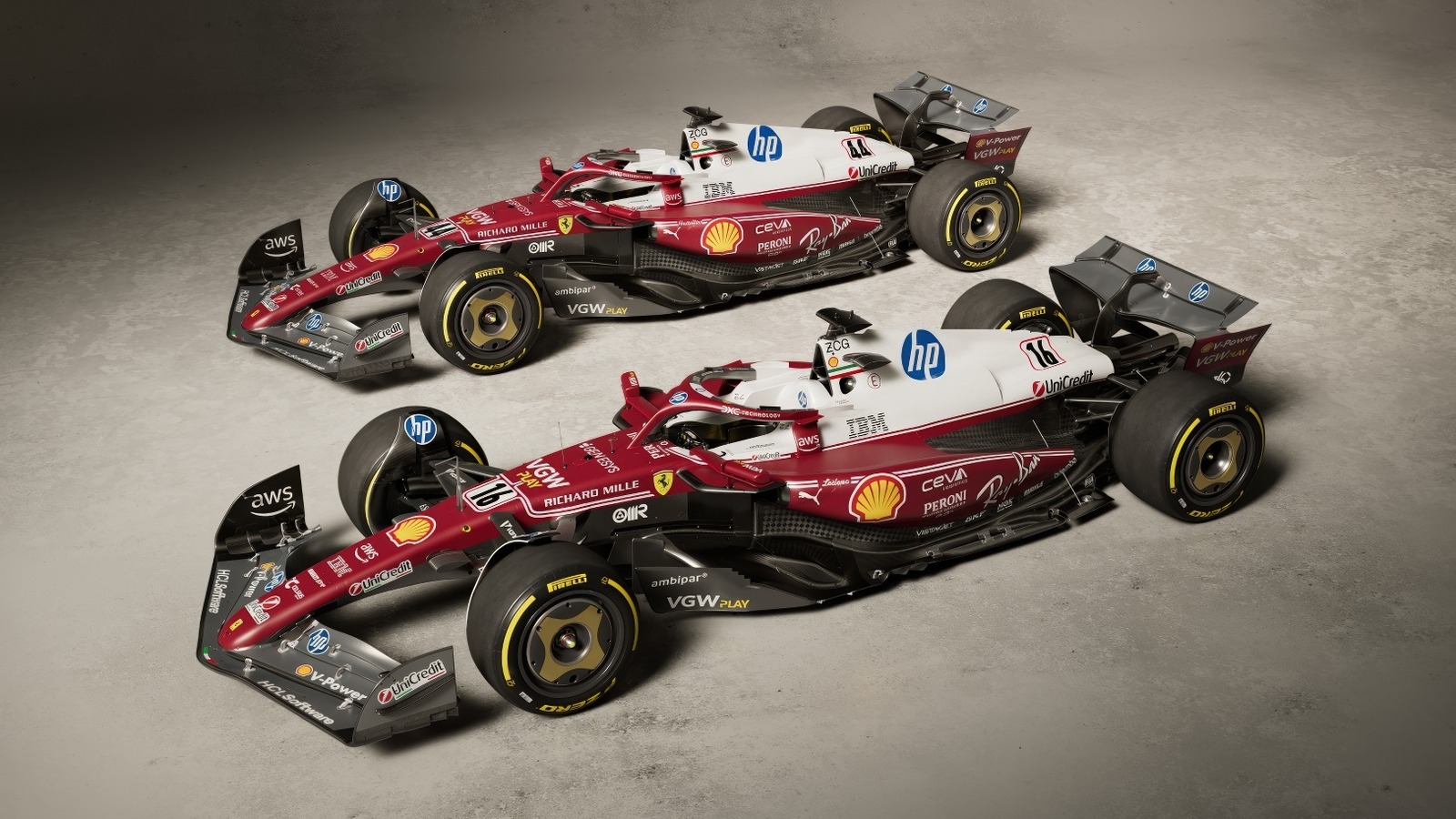
Ford Racing Unveils Bold Rebrand and Extreme Performance Cars Inspired by Motorsport
 New Ford Racing division promises a closer link between the brand’s road and track models
New Ford Racing division promises a closer link between the brand’s road and track models
Ford Performance has rebranded to Ford Racing amid preparations for a range of more extreme road cars drawing on its motorsport programmes, in the vein of the Mustang GTD.
With the new name comes a new logo, pairing Ford's historic blue oval emblem with a modern ‘Racing’ typeface in a matching shade.
Will Ford, general manager of Ford Racing, said the change is “more than a simple rebranding exercise”, bringing the road and race car operations together under one roof.
With that will come an expansion of the American brand’s performance car range.
Ford CEO Jim Farley recently hinted at the prospect of a 1000bhp Ranger Raptor pick-up truck inspired by the brand’s Dakar Rally contender, for example, having told Bloomberg: “No one has ever built a supercar for gravel, high-speed sand, dirt.”
What the future holds for more affordable fast Fords remains unclear. Production of the Ford Focus ST is soon to end and the Puma ST’s 197bhp 1.5-litre engine and manual gearbox were dropped last year. This means the only performance cars in Ford's UK line-up are the less powerful 1.0-litre Puma ST, the V8 Mustang and the Mustang Mach-E GT SUV.
The new Ford Racing branding will be applied to Ford's race cars with immediate effect, although Will Ford said it will “come into life” at the Dakar Rally and Daytona 24 Hours next January.
The Electric Cars Drivers Would Choose If Gasoline Vanished Overnight
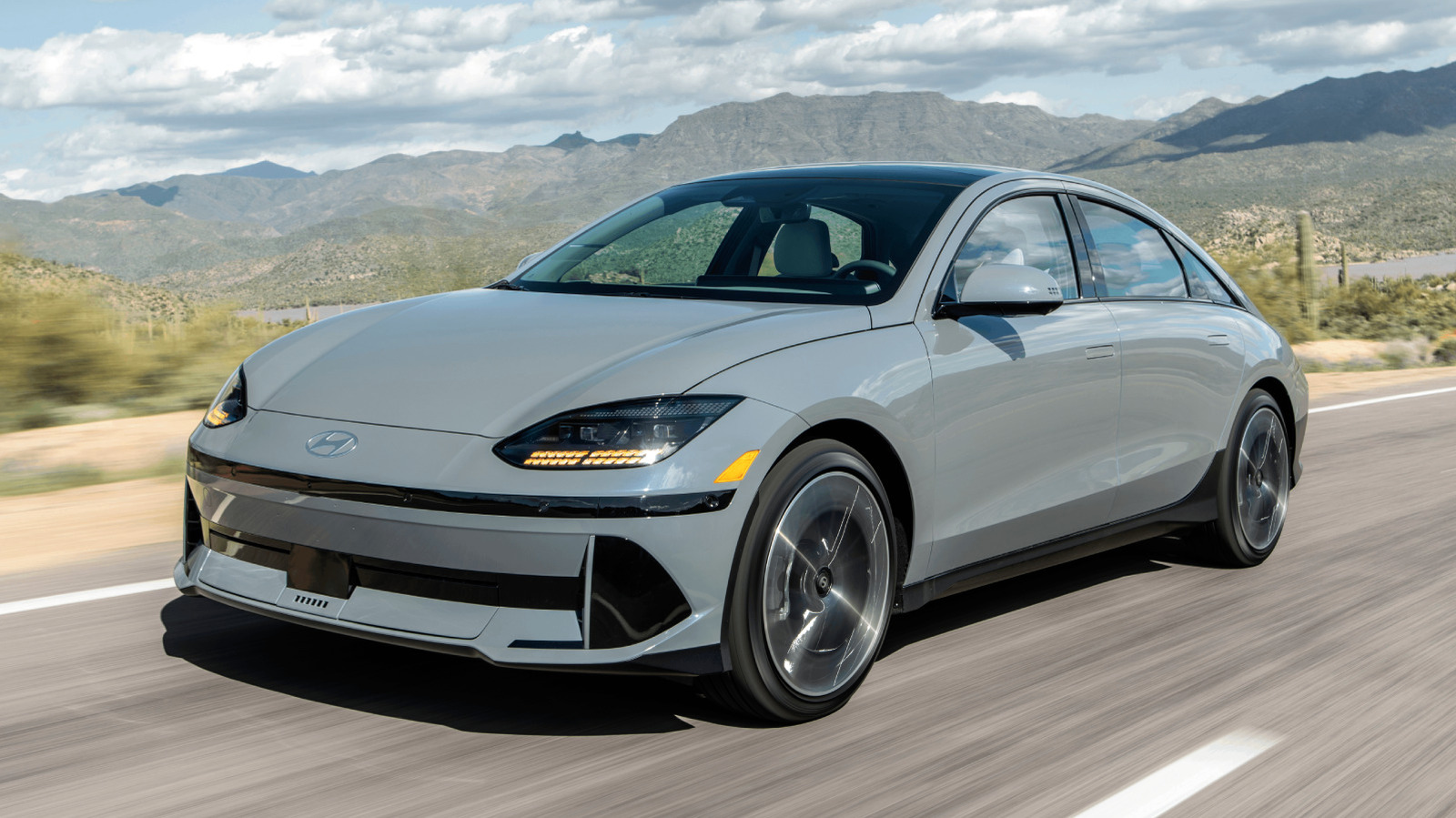
Launch Your Automotive Writing Career Young Writers Competition Returns with Prestigious Opportunity
 Want to be the next star Autocar writer? The relaunched Sir William Lyons Trophy could be your ticket to the top
Want to be the next star Autocar writer? The relaunched Sir William Lyons Trophy could be your ticket to the top
Autocar has partnered with Jaguar and the Guild of Motoring Writers to relaunch the Sir William Lyons Trophy, a competition for young writers looking to make a start in automotive journalism.
The winner will have their work published in a print edition of Autocar and will be offered a week’s work experience at our Twickenham offices. The competition is open to those aged between 17 and 21 who do not currently hold a staff position on a motoring publication.
The trophy is named after Jaguar founder Sir William Lyons and was first presented in 1966. It has helped launched the careers of many prominent automotive journalists and was most recently presented in 2018.
Submissions must be written in the style of Autocar’s Why I Love column, examples of which can be found linked at the bottom of this article.
It must be 450 words and can be on any motoring-related subject you are passionate about. For reference, Autocar staffers have recently written columns about topics as diverse as the Nürburgring wars, Mercedes-Benz Unimogs and Disney Pixar’s Cars. It's important to celebrate your subject matter and focus solely on that.
Entries will be judged by Autocar editor-in-chief Steve Cropley and Jaguar UK director Santino Pietrosanti. Entries are to be submitted via the Guild of Motoring Writers website.
Autocar editor Mark Tisshaw said: “Autocar is delighted to work with the Guild of Motoring Writers and Jaguar as we make our latest investment in the next generation of automotive journalists.
“Empowering the next generation of writers is a proud tradition of Autocar. Many of the industry's best-known names have launched careers here and today we run a thriving apprenticeship scheme that continues to bring in new talent.
“We can’t wait to see what submissions we receive and look forward to crowning a winner later this year.”
Pietrosanti said: “Jaguar is proud to continue Sir William Lyons’ legacy by fostering and supporting the next generation of creative talent in automotive journalism.”
Click the below to see examples of Why I Love columns
Driver Fined for Loud Exhaust on Silent Electric Car Sparks Outrage
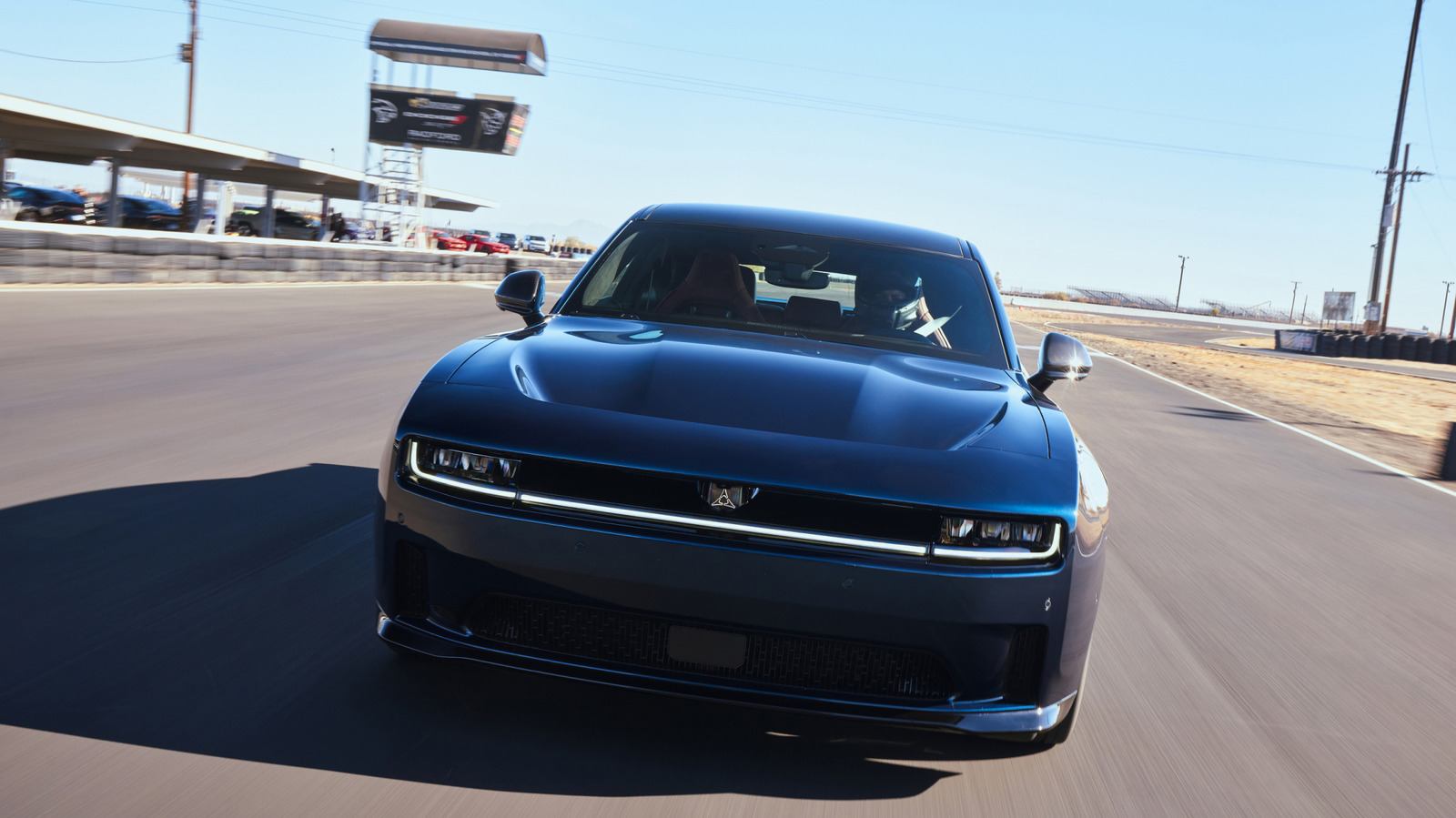
Cyberattack Halts Land Rover Production as Hackers Disrupt UK Car Plants and Dealers
 No new Land Rover cars are able to be made or registered as manufacturer races to solve global system fault
No new Land Rover cars are able to be made or registered as manufacturer races to solve global system fault
Production issues at Jaguar Land Rover's Halewood plant, caused by a targeted cyber hack earlier this week, will last until at least Tuesday, it has been reported.
Workers have been told not to return to work until 9 September, the Liverpool Echo reports. Production at the site is understood to have been halted since Monday.
It follows a cyber attack in which hackers claimed to have exploited a flaw in the British car maker’s IT system.
A notice sent to Halewood workers on Thursday stated: "Friday September 5 and Monday September 8: the leadership team has agreed that production associates will be stood down and will have hours banked in line with the corridor agreement.
"All colleagues are required to attend work as normal on Tuesday September 9 unless informed otherwise.”
Autocar understands the Solihull plant, where the Range Rover and Range Rover Sport are built, is also affected. JLR wouldn’t comment on the claims.
In an effort to combat the hack, JLR began “shutting down our systems” on Tuesday and is now in the process of rebuilding them. JLR was unable to confirm a timescale for the fix.
The issues are also affecting dealers, who are unable to order parts, can't code parts they do have to cars, and are unable – in some instances – to complete customer handovers.
What's more, they are having to manually register vehicles. This involves phoning the DVLA in each instance. Despite the shutdown, the brand has registered almost 600 models this week.
Autocar first reported the issues affecting JLR on Monday, when dealers couldn't register new cars on 'new plate day' (1 September), traditionally one of the year's busiest for registrations.
JLR's public-facing website appears to be fully operational, including the car configurator.
Who has claimed responsibility?
On Wedneday, Scattered Spider, the group that hacked Marks & Spencer in May causing seven weeks of disruption and costing £300 million in lost operating profit claimed responsibility for the attack on JLR.
Along with fellow hacking group Shiny Hunters, it claims to have obtained customer data after exploiting a similar flaw in JLR’s IT system, The Telegraph reports.
The claim was made on a Telegram messenger group, where a user linked to the hackers posted a screenshot of what appeared to show JLR's internal system.
A member of the group told The Telegraph that a well known flaw in SAP Netweaver - third-party software used by JLR - was exploited to access the data.
US cyber agency CISA warned about the flaw earlier this year. An update for the software was released, but whether JLR applied it is unknown.
It's also not known what data was taken or if a ransom demand has been made.
JLR told Autocar in a statement yesterday that “there is no evidence any customer data has been stolen”.
According to The Telegraph, the hacking groups are believed to be made up of teenagers from English-speaking countries
New Honda Prelude Unleashes Custom Style With Mugen and Factory Upgrades
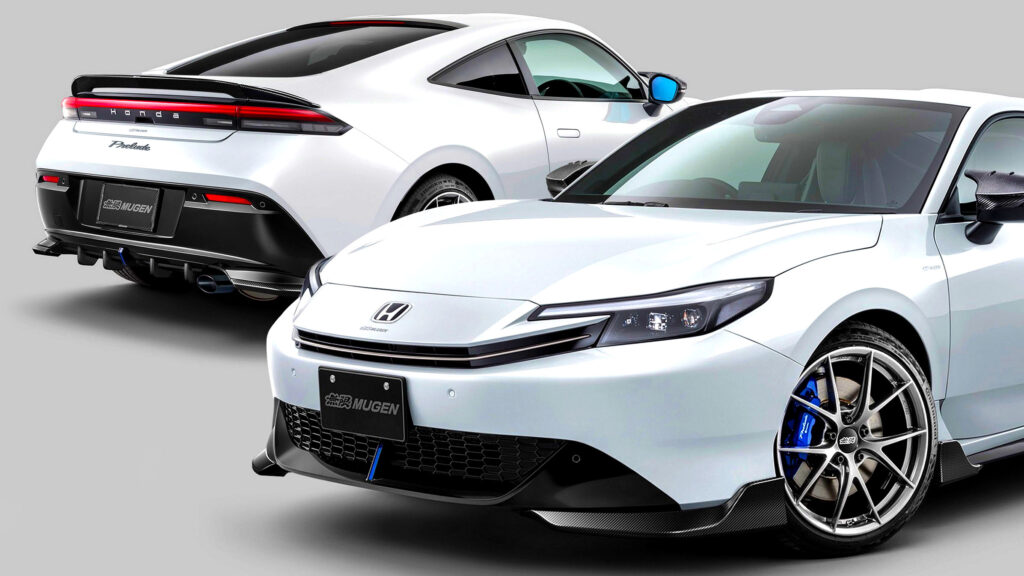
Electric Vehicle Turmoil Deepens as Industry Faces Uncertainty and Costly Missteps
